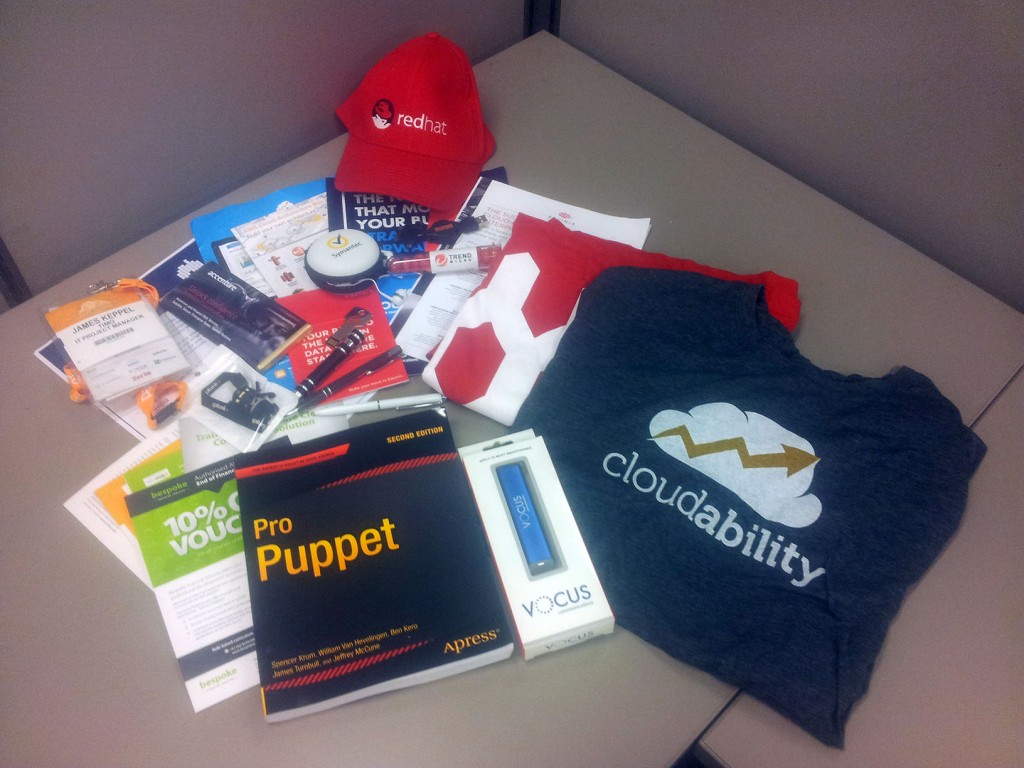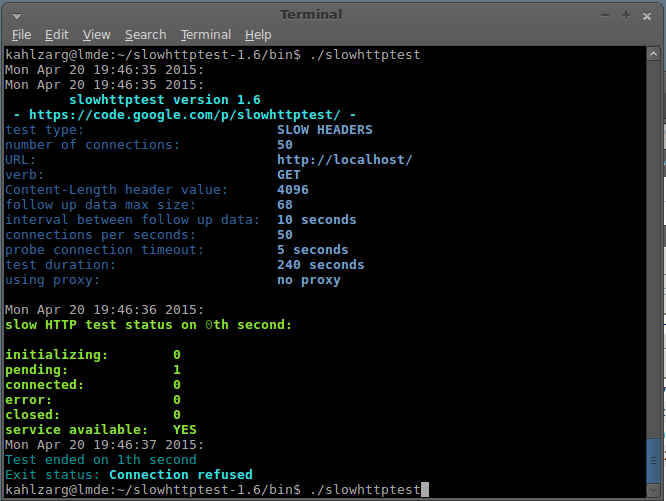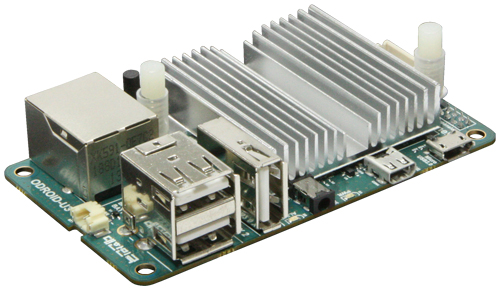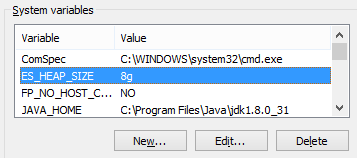First AWS summit, and despite being held during the worst storm in Sydney in a number of years, they put on a good show.
Datacom: Cloud & Enterprise Tools
While obviously an opportunity for partners to peddle their wares, they kept this focused on the methodology and process behind determining what workloads should get moved to the cloud. Using business process mapping to break down legacy software, and breaking down the process to discovery, analyse, mapping, profiling, migrate & integrate, it gave an insight to what goes on behind the scenes of some of the larger cloud migration projects.
Business 101: Introduction to the AWS Cloud
I was concerned this would be a bit too business focused, and leave me wanting more technical details, however while it didn't drill down into the nut and bolts, I am glad I included it as part of my first summit.
While it gave a good overview to all the services, something that would be wasted on a AWS veteran, the case study on Reckon is what gave me the most value in this session.
Breaking down the journey from an on premise, to close to all in cloud company covered a huge range of smaller steps their IT department and company as a whole took. It was presented in a way where they focused on what each step achieved, and left it open to how, and the order in which the audience could follow the process. Including steps such and finding a technical champion, legal & compliance, when to think about moving from AWS business to AWS enterprise support, and the one that stuck with me, implementing a cloud first policy. Workload go in the cloud, unless there is a reason to keep them on premise.
Technical 101: Your First Hour on AWS
This satisfied my technical curiosity, and as someone who started a trial account, firing up a micro instance and then wondering what the hell i was supposed to do now, this session was great in covering going from a new account, to a somewhat hardened, user & group level secure account, while diving into VPC's, infrastructure examples, direct connect, billing & cost management, VM services, all the way though to touching on DevOps automation.
Technical 201: Automating your Infrastructure Deployment with AWS CloudFormation and AWS OpsWorks
This was the one I was looking forward to, and it did not disappoint.
It was a solid segue from the previous session, where once you had dipped your feet into a range of services, it drilled down into their DevOps stack.
As an AWS newbie, the step by step through the whole Cloud Formation & Opsworks DevOps stack was great. Full of solid use cases, and followed up by real world examples, and lessons thanks to Mike Lorant from Fairfax.
The important stuff!





